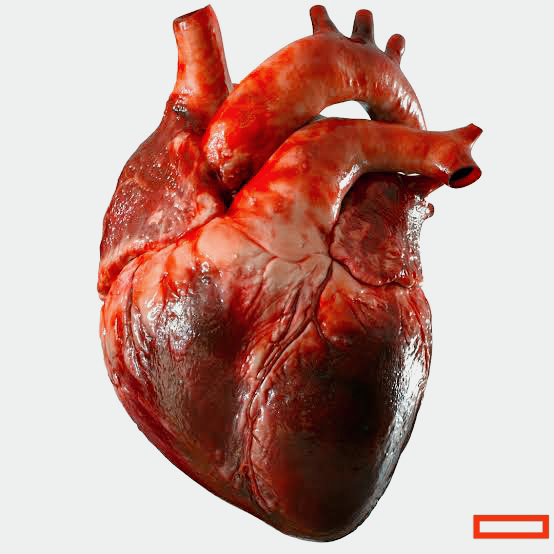Pancreas
PANCREAS
Located in the abdomen, the pancreas is an organ. It is vital in transforming the food we eat into energy for the body's cells. The exocrine (which aids in digesting) and endocrine (which controls blood sugar) functions of the pancreas are its two primary roles.
LOCATION
In the upper left abdomen, behind the stomach, is where the pancreas is situated. Other organs such as the liver, spleen, and small intestine surround it. It is spongy, six to ten inches long, and has the shape of an elongated fish or a flat pear across the abdomen.
The pancreas' broad portion, known as the head, is situated close to the centre of the belly. The junction where the stomach and the first segment of the small intestine meet is where the pancreas' head is situated. The pancreas releases digestion enzymes into these contents as the stomach passes partially digested food into the intestine.
The neck or body of the pancreas refers to its core region.
The tail, which sticks out to the left, is the thin end.
The superior mesenteric artery, superior mesenteric vein, portal vein, and celiac axis are among the primary blood arteries that surround the pancreas and feed it with blood as well as other abdominal organs.
95 percent of the pancreas is made up of exocrine tissue, which creates pancreatic enzymes for digesting. Endocrine cells known as islets of Langerhans make up the residual tissue. These grape-shaped cell clusters make the hormones that control pancreatic secretions and blood sugar.
FUNCTIONS
To digest the food we eat, a functioning pancreas generates the right chemicals in the right amounts at the appropriate times.
EXOCRINE FUNCTIONS
Exocrine glands in the pancreas create digestive enzymes that are vital. These enzymes break down proteins using trypsin and chymotrypsin, carbohydrates using amylase, and lipids using lipase. These pancreatic juices are discharged into a network of ducts that joins to form the main pancreatic duct when food enters the stomach. The ampulla of Vater, which is situated at the beginning of the small intestine known as the duodenum, is formed when the pancreatic duct and common bile duct converge. Bile is another significant digestive fluid that is produced by the common bile duct, which has its origins in the liver and gallbladder. The body's ability to digest lipids, carbs, and proteins is aided by the pancreatic fluids and bile that are discharged into the duodenum.
ENDOCRINE FUNCTIONS
Islet cells, also known as Langerhans islets, make and release essential hormones into the bloodstream as part of the pancreas' endocrine system. Insulin, which lowers blood sugar, and glucagon, which increases blood sugar, are two of the main pancreatic hormones. For important organs like the brain, liver, and kidneys to operate properly, blood sugar levels must be kept within normal ranges.
Thank you 😊
Best of luck
ZEESHANFAYAZLONE@
🙏




Comments
Post a Comment